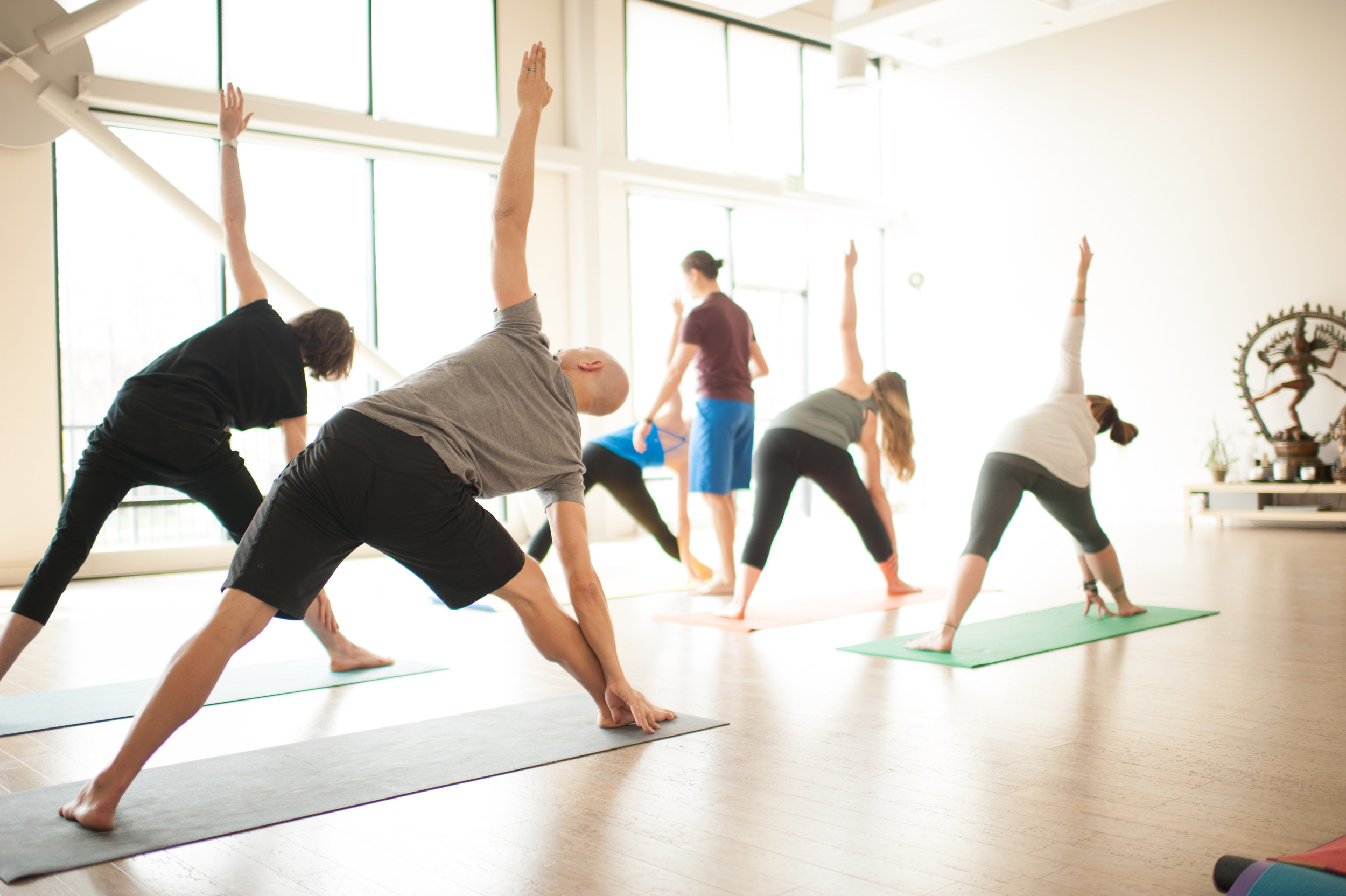The world needs good yoga teachers. I’ve been teaching yoga as a career for over 16 years and have logged more than 20,000 teaching hours. I will forever be a student both of yoga and the practice of teaching yoga and I suppose that I’ll always be learning how to be more effective.
Yet, through the trial and error of my own teaching, teaching dozens of teacher training programs, and by mentoring many other yoga teachers, I’ve learned volumes about what makes the difference between a so-so or less effective teacher and what makes a great teacher.
Here are three easy tools that I’ve seen help several teachers raise their effectiveness from so-so, to excellent. Try them on and see if they won’t immediately improve your teaching by helping your students respond to you better.
#1 Be Authentic
Great teachers don’t try to teach like their teachers or yoga idols, they integrate what they’ve learned and then teach from their own hearts. Being authentic in your teaching speaks to the yoga principle of Satya or Truth. If you are truthful in your teaching, your best friends and family will still recognize you while you’re teaching yoga. Know who you are and teach as that person.
Attend my Virtual Yoga Teachers Workshop: The Biz of Teaching Yoga, April 6, 2019 12–5 pm
And for Ganesh’s sake, ditch the overly-calm “Yoga Teacher” persona . . . (I pause to retch). And if that’s the real way you talk, then you probably have a lucrative career recording the “Thank you for holding” message for banks. But if you’re not being you, your students will see through it before your first OM.
Authenticity wins over experience every time. Try starting class with what’s real for you in the moment. “Ok! I’m kinda new at this so I’m nervous as hell but I’m excited to be here so I’ll try to stay grounded in my body during class as I’m inviting you to do likewise.” Boom! If I was a student in a class and my teacher started out with that kind of honesty, they would instantly have my buy-in, despite their lack of experience.
#2 Look people in the face
Teaching yoga is a special opportunity to connect to people and connect them to themselves. Perhaps the most simple and direct way to connect to people is to look them in the face. As a yoga teacher, think of yourself as a conductor leading an orchestra which is celebrating breath and movement. Imagine an orchestra conductor, trying to unite the 100+ individual members of the orchestra into one collective voice but who couldn’t look the orchestra members in the face, or who swung their baton only toward the floor or the wall, or stood behind the musicians and directed only to people’s back. It just wouldn’t work.
It’s important for the teacher to get off the mat and own the space of the room—it’s part of the complex process of creating and managing the energy of the container. And as you move around the room, your students will both hear and feel your words more powerfully if you speak to their faces, even if they aren’t looking at you. Connection is an important reason for teaching yoga and looking people in the face makes that connection happen instantly.
#3 Speak to What People are Doing Well
Too often, teachers walk around like “Pose Police,” eager to write up asana infractions. Sure, teachers must make suggestions and corrections, but it’s more powerful and easier to connect to your students if you notice what’s happening well. One of your roles as a teacher is to witness. If you’re only witnessing the things that could be improved, it’s like a relationship partner who only mentions the things that bother them. No thanks!
Try using phrases like, “I notice how well everybody is breathing in class, that’s so important.” or “I can tell how present everybody is. Wow!” or “Great job with relaxing your neck in down dog.” For the few people who maybe could use a correction, they will likely take the cue from what you appreciate about the pose rather than only spouting off things to fix. People will leave class feeling like they are making progress in their practice and like you’re a teacher who sees them. You’ll earn their trust and their hearts.
Teaching yoga is a practice just like doing yoga. Try employing these few simple tools and notice how much more engaged you are as a teacher and how much more your students respond to you.
Of course this is just the beginning. If you are interested in improving your teaching with a one-on-one mentor program where we learn a full tool box of tools that will help leverage your personal gifts to become an outstanding and effective teacher, please check out my Yoga Mentor Program.


